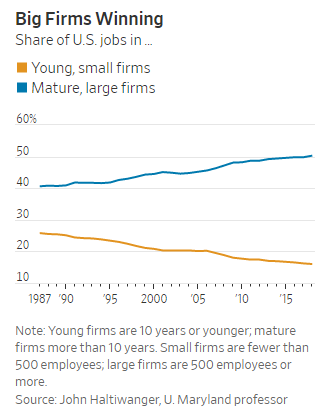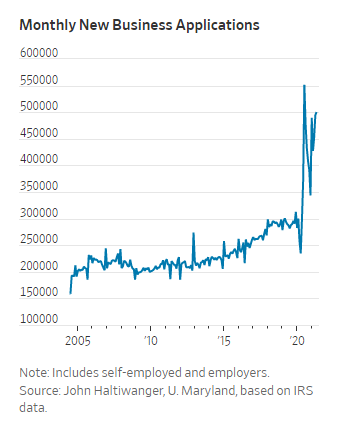(p. A17) Some species of tortoises, . . ., have a risk of death that doesn’t seem to change with age in adulthood. Though these wrinkly, lumbering beasts might not seem like ideal ambassadors for aging well, by the statistical definition of aging—how fast your risk of death increases with time—these tortoises hardly age at all.
. . .
A secret of the tortoises’ longevity is that their cells can divide more than twice as many times as human cells before becoming aged or “senescent.”
. . .
Already, therapies to combat cell senescence—senolytics—are undergoing human trials. Senescent cells build up in our bodies as we get older and seem to accelerate the aging process as they accumulate. Drugs and genetic modifications that periodically remove them have been shown to make mice biologically younger: They live longer and healthier than untreated mice, with stronger muscles and hearts; delayed cancer, cataracts and cognitive decline; and even plumper skin and thicker, glossier fur.
There are currently at least 20 startups trying to transfer senolytics from the lab to the clinic. These efforts target specific diseases in which senescent cells are known to be key villains. A company called Unity Biotechnology is targeting these cells to combat age-related sight loss, while a team including scientists at the Mayo Clinic who first demonstrated senolytics in mice is working to use the same drug cocktail to treat age-related lung fibrosis.
The average 80-year-old is suffering from five different diagnoses and taking a similar number of medications to treat them.
Senolytics are the vanguard but close behind are dozens of different ways to slow or reverse aging in the lab, ranging from drugs and diets to gene and stem cell therapies. These treatments intervene in the molecular, cellular and biological underpinnings of the aging process, from the smallest scale in our biology (damage to DNA and protein molecules) to the largest (dysfunction across the immune system). They are aimed at slowing down multiple aspects of the process and at wide-ranging rejuvenation.
There have been some high-profile failures in the field. One was resveratrol, found in grapes and other sources. A company working on resveratrol, Sirtris, was acquired by drug giant GSK for $720 million in 2008 but closed down five years later. The path from lab bench to pill is filled with obstacles, and we can expect further setbacks, but with so many different therapies and a deeper understanding of the biology of aging, at least some of the new ideas are likely to succeed.
For the full commentary, see:
(Note: ellipses added.)
(Note: the online version of the commentary was updated April 10, 2021, and has the same title as the print version.)
Steele’s commentary, quoted above, is related to his book:
Steele, Andrew. Ageless: The New Science of Getting Older without Getting Old. New York: Doubleday, 2021.



